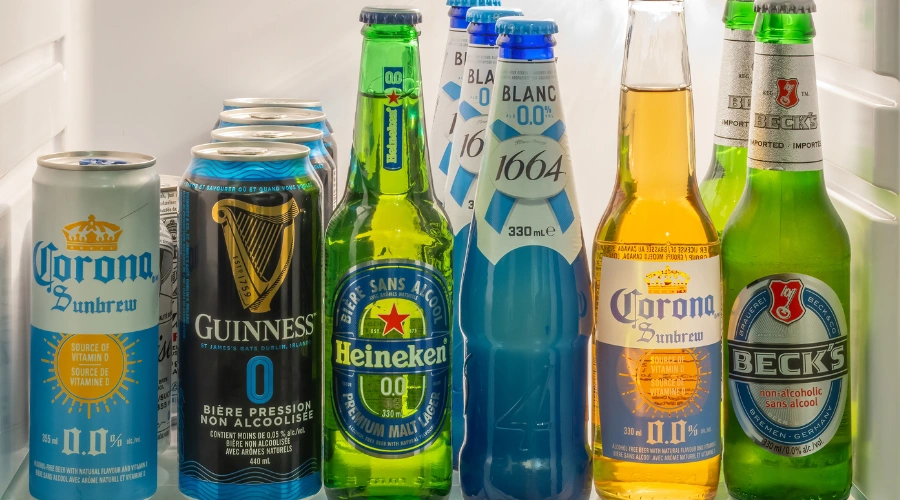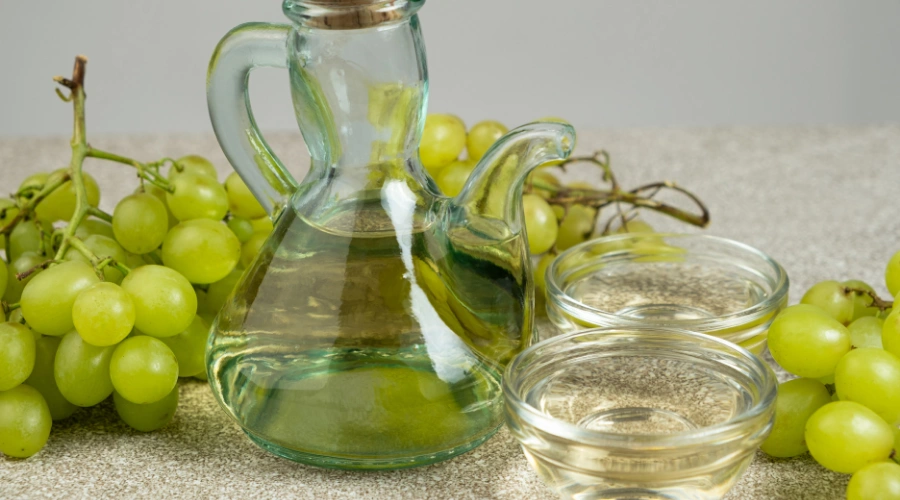Get Guidance on Everyday Foods That Have Alcohol in Them
When you’re taking the first steps toward recovery, you have to be extra cautious not to imbibe alcohol that could offset the progress you’ve made. Unfortunately, it’s a hidden ingredient in many foods and can be difficult to avoid. What type of alcohol is in foods that you eat every day?
Fermented foods like yogurt, kombucha, and kimchi are high in alcohol content. You can also find some alcohol in ripe fruit, fruit juices that have started to ferment, and soft drinks. Even non-alcoholic beer may have trace amounts of alcohol. Don’t forget to double-check baked goods, breads, and sauces.
South Shores Detox knows how hard it is to start taking control of your alcohol addiction. We’re here for you when you’re ready to get serious about your recovery. Here’s what you need to know about foods to ditch if you’re going to avoid alcohol.
Which Everyday Foods Contain Alcohol?
Sobriety means different things to different people, but many will choose not to imbibe alcohol in any form. That means knowing which everyday food items will contain alcohol that could trigger cravings during your recovery process. Here’s where to look for foods that contain alcohol.
Alcohol-Containing Fermented Drinks and Foods
Perhaps the most obvious place to look for hidden alcohol is in fermented drinks and foods. Kombucha, kimchi, and other types of fermented foods contain alcohol due to the process of fermentation itself. As part of the process of manufacturing these foods, bacteria and yeasts convert sugars into alcohol.
While there may not be much alcohol content in something fermented like yogurt, other items approach an alcohol content much closer to that of a standard drink. Some can contain up to 3 percent alcohol, and this is simply too much for someone who is serious about their recovery efforts.
Ethanol Exposure in Fruit and Fruit Juices
You might not encounter much alcohol in fruit and fruit juices, but it’s worth noting that it’s possible. A liter of grape juice is the most frequent culprit when it comes to fermented foods. Heat applied to juice in natural circumstances will kick-start fermentation, as will wild yeasts that the fruit is exposed to before supermarket shelves.
Apple juice has the least amount of alcohol, making it a safer choice for soft drinks. Orange juice is also relatively safe if it’s been freshly squeezed and hasn’t been left to sit or ferment for a long period of time.
Another thing to think about is a ripe banana. The dark spots that appear on the peel are an indicator that the fruit is starting to ferment and may contain alcohol. The same is true of other ripe fruits.
Alcohol-Free Beer is Not Safe for Those With Alcohol Addiction
It might seem like an obvious substitute for alcohol use disorder: alcohol-free beer. You get the taste and the social experience of sharing a drink with someone else.
But is it truly safe for your recovery to partake in alcohol-free beer?
Despite the name, this drink might actually still contain some trace amounts of alcohol. How much alcohol are you likely to find in “non-alcoholic” beer? It’ll be below the regulations for an alcohol-free food, but it could be upwards of 0.5 percent ABV.
Soft Drinks and Ethanol
The same is true of some soft drinks, which should not contain alcohol but sometimes do. Their high sugar content makes it less likely that you can pinpoint the exact alcohol content, but it’s possible. It should have only trace amounts, but this may be too much of a risk for you.
They may also contain ethanol to enhance flavors. Keep in mind that any liquid left in the heat could result in ethanol fermentation.
Baked Goods, Extracts, and Wheat
Before you reach for that cookie or piece of cake, you might want to think twice about what’s in it. To make a loaf of bread or a roll, the process naturally requires yeast and other bacteria. As they ferment, they convert to small amounts of alcohol. Burger rolls, rye bread, and others are common places for higher alcohol content in baked goods.
However, you can also find alcohol in sweets that were made with vanilla extract and other flavorings. This is the most common culprit of hidden alcohol content, with the potential for more than 30 percent alcohol to carry the flavor you have come to know and love.
Of course, you should also steer clear of desserts that contain alcohol outright. For example, you should avoid alcohol in bananas foster, rum cake, and even tiramisu. If you aren’t sure whether a dessert used any alcohol in its production, it’s worth asking about the recipe before you eat.
White Wine Vinegar and Other Condiments
Everyday food that contains alcohol that you may not think twice about includes condiments. Think of mustard and those that are vinegar-based, like barbecue sauce. Look carefully at the ingredients label and ensure that it doesn’t contain any type of white wine vinegar, the vinegar with the highest ABV.
Because vinegar can be so astringent, manufacturers temper it with alcohol to make it more palatable. While white wine is the worst, malt vinegar and others can also contain alcohol levels that surprise you.
Condiments like soy sauce are another place where you may want to cut back if you’re worried about your recovery and accidentally ingesting alcohol. Even plain mustard has a tendency to contain some alcohol content that you may want to avoid.
If someone makes a homemade sauce, you should ask about the ingredients. Bordelaise and bearnaise both contain alcohol as a primary ingredient, and the alcohol may not cook out all the way. It’s best to be safe and avoid sauces that have been made with alcohol outright.
Establish a Healthy Life in Sobriety with South Shores Detox
Are you ready to start thinking about the first steps to move away from an alcohol use disorder? The early days of recovery can be challenging, especially as you start thinking about how much ethanol people unknowingly ingest in everyday food.
South Shores Detox is here to help you have a safe place to land.
Our program will help you stay sober for the first phase of your recovery. We support you and educate you on where you can find spontaneous fermentation and alcohol in the production process. If you’re serious about getting sober, our admissions team can help answer your questions and verify insurance benefits.
Give us a call today to learn more about how our program can help you kickstart your recovery!
References
- Gorgus, E., Hittinger, M., & Schrenk, D. (2016). Estimates of Ethanol Exposure in Children from Food not Labeled as Alcohol-Containing. Journal of analytical toxicology, 40(7), 537–542.
- Okaru, A. O., & Lachenmeier, D. W. (2022). Defining No and Low (NoLo) Alcohol Products. Nutrients, 14(18), 3873.
- Shyamala, B. N., Naidu, M. M., Sulochanamma, G., & Srinivas, P. (2007). Studies on the antioxidant activities of natural vanilla extract and its constituent compounds through in vitro models. Journal of agricultural and food chemistry, 55(19), 7738–7743.



